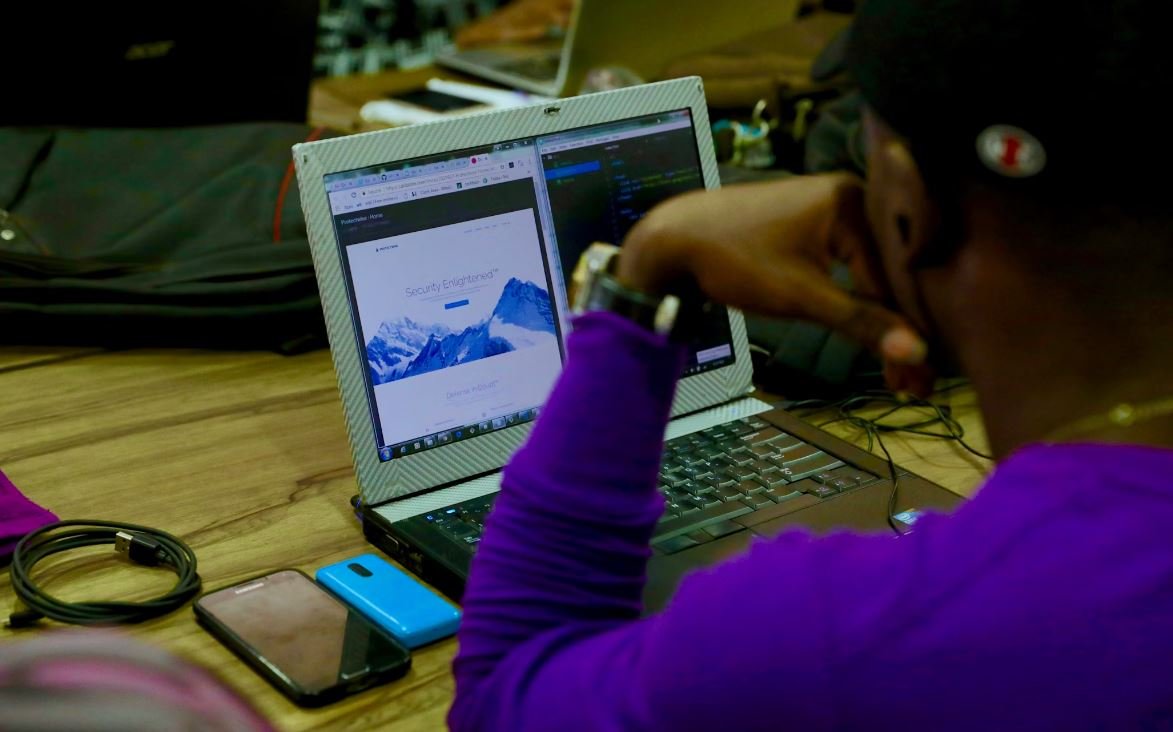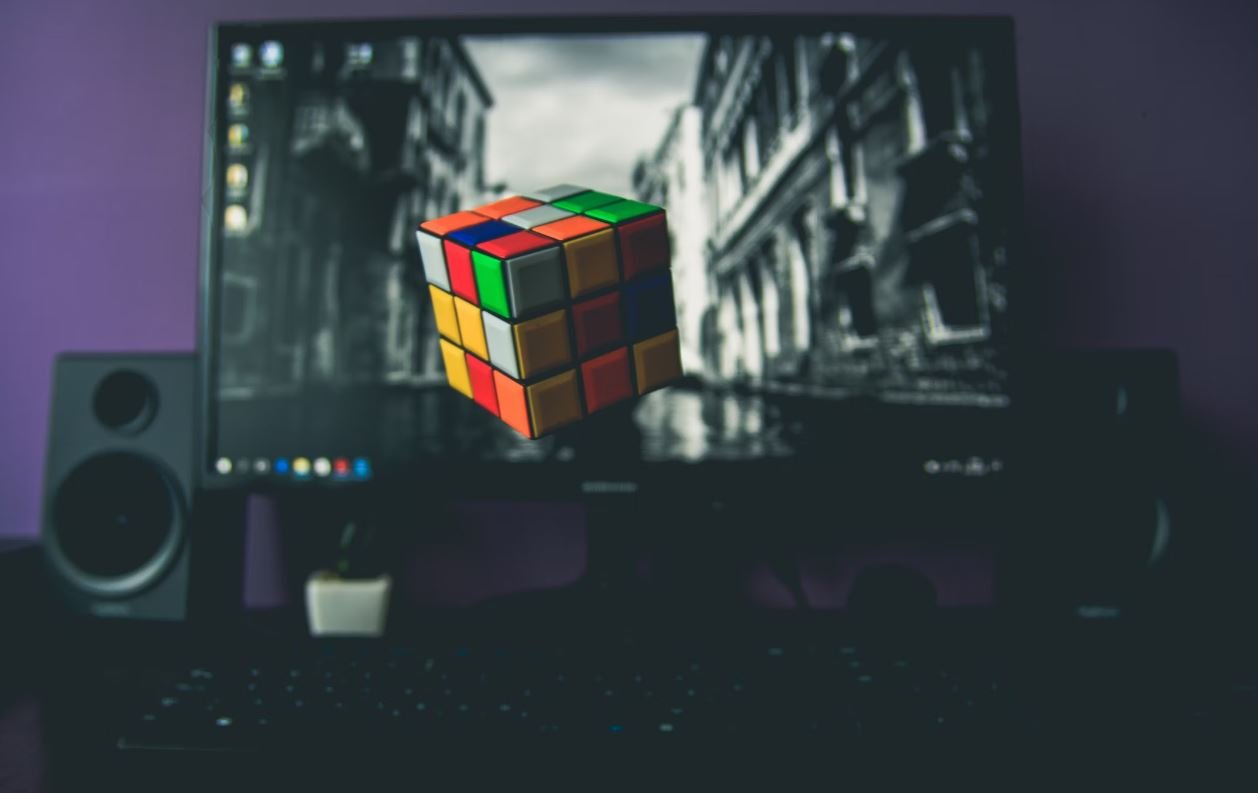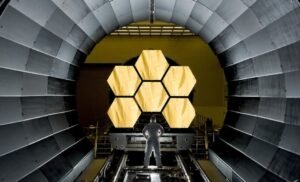When Was Deepfake Invented?
Deepfake technology has become increasingly prevalent in recent years, but when was it actually invented? This article aims to provide a brief history of deepfakes and their origins.
Key Takeaways:
- Deepfake technology was invented in the late 2010s.
- It was initially used for harmless entertainment purposes.
- However, deepfakes have raised concerns about potential misuse.
In the late 2010s, deepfake technology emerged as a result of advancements in artificial intelligence (AI) and machine learning. The term “deepfake” combines “deep learning” and “fake” to describe the process of using AI to manipulate or generate realistic-looking audio and video content. **This technology has the ability to superimpose a person’s face onto another’s body in a highly convincing manner.**
Initially, deepfakes were primarily used for entertainment purposes, such as creating realistic face swaps in movies or mimicking famous personalities in online videos. *The ability to generate convincing fake content quickly gained attention and popularity.* However, as deepfakes became more accessible, concerns about their potential misuse started to arise.
The Evolution of Deepfake Technology
Deepfake technology has undergone significant advancements since its inception. Here are some key milestones in the evolution of deepfakes:
- 2017: Deepfakes first gained attention with the release of a free and user-friendly deepfake application called FakeApp.
- 2018: Concerns about the potential misuse of deepfakes started to surface, particularly in relation to **political manipulation** and **revenge porn**.
- 2019: Tech companies and researchers started developing tools and algorithms to detect deepfakes, in an effort to combat their potential negative impact.
Deepfake Use Cases
The application of deepfake technology spans various domains. Here are three interesting use cases:
| Domain | Use Case |
|---|---|
| Entertainment | Creating convincing face swaps in movies and TV shows. |
| Politics | Using deepfake videos to manipulate public opinion or to discredit political figures. |
| Education and Research | Utilizing deepfake technology for simulations and historical reconstructions. |
Despite its potential benefits, deepfake technology also carries significant ethical concerns. The easy manipulation of audio and visual content raises questions about trust, privacy, and the spread of misinformation.
The Future of Deepfakes
As technology continues to advance, the future of deepfakes is still uncertain. While efforts to detect and combat deepfakes are ongoing, it is likely that the technology will continue to evolve and become more sophisticated. **It is crucial for society to stay vigilant and establish safeguards to mitigate the potential harm caused by deepfake content.**
References
- “Deepfake.” Wikipedia, Wikimedia Foundation, 15 Mar. 2022, https://en.wikipedia.org/wiki/Deepfake.
- Greenle, David. “Deepfakes: A Timeline of Innovation and Regulation.” Digital Trends, 3 Feb. 2021, https://www.digitaltrends.com/features/deepfakes-timeline-of-innovation-and-regulation/.

Common Misconceptions
When Was Deepfake Invented?
There are several common misconceptions surrounding the invention of deepfake technology. Here are three key misconceptions:
Misconception 1: Deepfake technology was recently developed
- Deepfake technology has been around for much longer than people realize
- The concept of manipulating images and videos has been explored since the early 1990s
- However, significant advancements in deepfake technology have occurred only in the past few years
Misconception 2: Deepfakes can only be used to create fake celebrity videos
- While deepfakes have gained popularity through the creation of celebrity face swaps, the technology is not limited to this application
- Deepfake technology can be utilized to create more realistic visual effects in movies and gaming
- It also has potential implications for various other industries, such as education and journalism
Misconception 3: Deepfake detection is foolproof
- There is an assumption that deepfake detection techniques can easily identify manipulated content
- However, the rapid advancement of deepfake technology makes detection increasingly challenging
- Deepfake detection methods are constantly evolving, but they are still far from perfect
Misconception 4: Deepfakes are always used for malicious purposes
- While deepfakes are infamous for their potential to spread misinformation and deceive, not all applications are malicious
- Deepfake technology has promising positive applications, such as improving visual effects in movies and enhancing creative projects
- Ethical use and regulation of deepfakes are essential to avoid potential harm
Misconception 5: Everyone can create convincing deepfakes
- Contrary to popular belief, creating high-quality deepfakes requires specialized knowledge and expertise
- It is not a simple task that anyone can easily accomplish
- Sophisticated deepfake creation techniques often involve complex algorithms and large datasets

Introduction
Deepfake technology has become increasingly prevalent in recent years, raising concerns and generating both curiosity and skepticism among users. Understanding the history and development of deepfake is crucial in order to grasp the implications and potential consequences of this technology. In this article, we explore various milestones and notable events that mark the evolution of deepfake technology.
Early Experimentation with Deepfake
The following table showcases early instances of deepfake technology, depicting key moments and individuals involved in the initial stages of its development.
| Year | Description |
|——|————-|
| 1997 | The term “deepfake” was first coined by researchers exploring potential methods for creating realistic synthesized videos. |
| 2006 | Nevadia, an AI researcher, developed a technique known as “face substitution,” laying the groundwork for future deepfake technology. |
| 2011 | The YouTube channel “VFX Bros” gained popularity for releasing deepfake videos of celebrities, sparking public interest in this emerging technology. |
| 2017 | A Reddit user with the username “Deepfakes” posted explicit deepfake videos, causing widespread concerns about the misuse and ethical implications of the technology. |
Milestones in Deepfake Development
This table highlights significant milestones that shaped the development and advancement of deepfake technology, propelling it into the mainstream.
| Year | Description |
|——|————-|
| 2014 | Researchers at the University of Oxford developed a deep learning algorithm capable of synthesizing high-quality facial expressions in real-time. |
| 2016 | The first deepfake app, “FakeApp,” was released to the public, allowing users to create and share deepfake videos easily. |
| 2019 | Deepfake technology gained significant attention when filmmaker Jordan Peele collaborated with Buzzfeed to create a video of former President Barack Obama delivering an invented speech. |
| 2020 | Facebook implemented a policy to remove deepfakes from the platform, considering them a form of manipulative media. |
| 2021 | OpenAI’s “DALL-E” deepfake model was introduced, which generates incredibly realistic images based on text descriptions, showcasing the broadening capabilities of deepfake technology. |
Impacts and Controversies
The subsequent table illustrates some of the positive and negative impacts, as well as controversies, associated with deepfake technology.
| Year | Description |
|——|————-|
| 2018 | Deepfake pornographic videos gained widespread attention, raising concerns about non-consensual use of the technology for malicious purposes. |
| 2019 | The popular mobile application “Zao” allowed users to replace the face of a famous character with their own, triggering debates on privacy and consent. |
| 2020 | Politicians, including Donald Trump and Kim Jong-un, became subjects of deepfake videos, prompting discussions about the potential spread of misinformation and manipulation. |
| 2021 | The movie industry began utilizing deepfake technology for de-aging actors, enhancing visual effects, and allowing deceased actors to be digitally resurrected. |
Technological Advancements
This table delves into notable technological advancements that have significantly influenced the capabilities and realism of deepfake technology.
| Year | Description |
|——|————-|
| 2015 | Generative Adversarial Networks (GANs) were introduced, revolutionizing deepfake technology by allowing more realistic and refined image manipulation. |
| 2018 | NVIDIA introduced “StyleGAN,” an algorithm that generated highly realistic images of fake celebrity faces, pioneering advancements in the quality of deepfakes. |
| 2020 | “StyleGAN2” was introduced as an improved version of the original algorithm, further enhancing the quality of generated deepfake images. |
Legal and Ethical Considerations
The following table sheds light on the legal and ethical considerations surrounding deepfake technology, highlighting relevant events and legislative responses.
| Year | Description |
|——|————-|
| 2018 | An Indian politician filed the first police complaint against a deepfake video of himself circulating on social media, signaling the growing legal concerns associated with the technology. |
| 2020 | Lawmakers in the United States introduced the “DEEPFAKES Accountability Act,” aimed at criminalizing the creation and distribution of deepfake content without explicit consent. |
| 2021 | The European Union released guidelines urging tech companies to adopt measures to combat deepfakes and protect user privacy. |
Mitigation Techniques and Research
This table explores various techniques and research efforts undertaken to counter deepfake technology and develop safeguards against its potential misuse.
| Year | Description |
|——|————-|
| 2019 | DARPA launched the “Media Forensics” program, investing in research to develop deepfake detection tools to identify manipulated audio and video content. |
| 2020 | Researchers developed “Deepfake Detection Challenge” datasets, enabling the global research community to collaborate in advancing the detection and mitigation of deepfakes. |
| 2021 | Microsoft released a deepfake detection tool called “Video Authenticator,” designed to assist in identifying manipulated videos. |
Public Perception and Awareness
This table showcases events and studies that have influenced public perception and awareness of deepfake technology.
| Year | Description |
|——|————-|
| 2017 | A viral YouTube video titled “Bill Hader impersonates Tom Cruise” highlighted the potential of deepfake technology to instantly change one’s appearance and mimic voices. |
| 2020 | A study conducted by the Pew Research Center indicated that 48% of Americans were familiar with the term “deepfake,” emphasizing the rising awareness of the technology. |
| 2021 | The release of the Netflix documentary “The Social Dilemma” spotlighted deepfake technology, contributing to public discussions about the influence of technology on society. |
Conclusion
From its early experimental stages to its controversial implications, deepfake technology has undergone significant growth and sparked varied reactions in society. As technological advancements continue, it becomes increasingly important to understand and address the legal, ethical, and societal challenges related to deepfakes. By exploring the history and acknowledging the potential consequences of deepfake technology, we can better navigate the evolving digital landscape and promote responsible usage.
Frequently Asked Questions
When Was Deepfake Invented?
What is the definition of deepfake?
Who invented deepfake?
When was deepfake first used?
What was the motivation behind creating deepfake technology?
Have deepfakes always been used for malicious purposes?
How are deepfakes created?
What are the potential risks and dangers associated with deepfake technology?
How can deepfake videos be detected?
What are the legal implications surrounding deepfake technology?
What measures are being taken to combat the negative effects of deepfakes?




